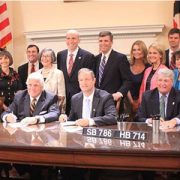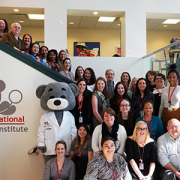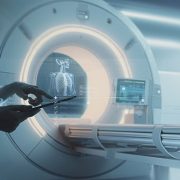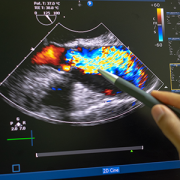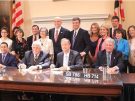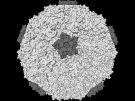Facial analysis technology successfully used to identify Noonan syndrome in diverse populations
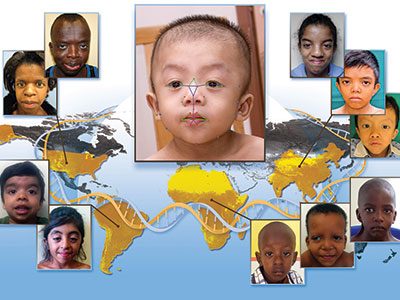
According to an international study led by the National Human Genome Research Institute (NHGRI), researchers have successfully used facial analysis software, developed by the Sheikh Zayed Institute for Pediatric Surgical Innovation at Children’s National, to identify Noonan syndrome in diverse populations.
Noonan syndrome is relatively common, affecting between 1 in 1,000 to 1 in 2,500 children, however few studies have been conducted in non-Europeans. For this study, the researchers evaluated children (average age of eight) with Noonan syndrome from 20 countries. Using the facial analysis software and clinical criteria, the researchers compared 161 white, African, Asian and Latin American children with Noonan syndrome with 161 people of the same age and gender without the disease. Using the software to analyze facial features, they were able to correctly diagnose patients with the disease from each ethnic group with 94 percent or higher accuracy.
“Our algorithm found widely spaced eyes as a significant facial feature in all ethnic groups and also highlighted facial features that are relevant to diagnosing the syndrome in each group,” said
Marius George Linguraru, D.Phil., developer of the facial analysis technology and an investigator in the study from Children’s National.
Linguraru and his team are working to create a simple tool that will enable doctors in clinics without state-of-the-art genetic facilities to take photos of their patients on a smartphone and receive instant results.


